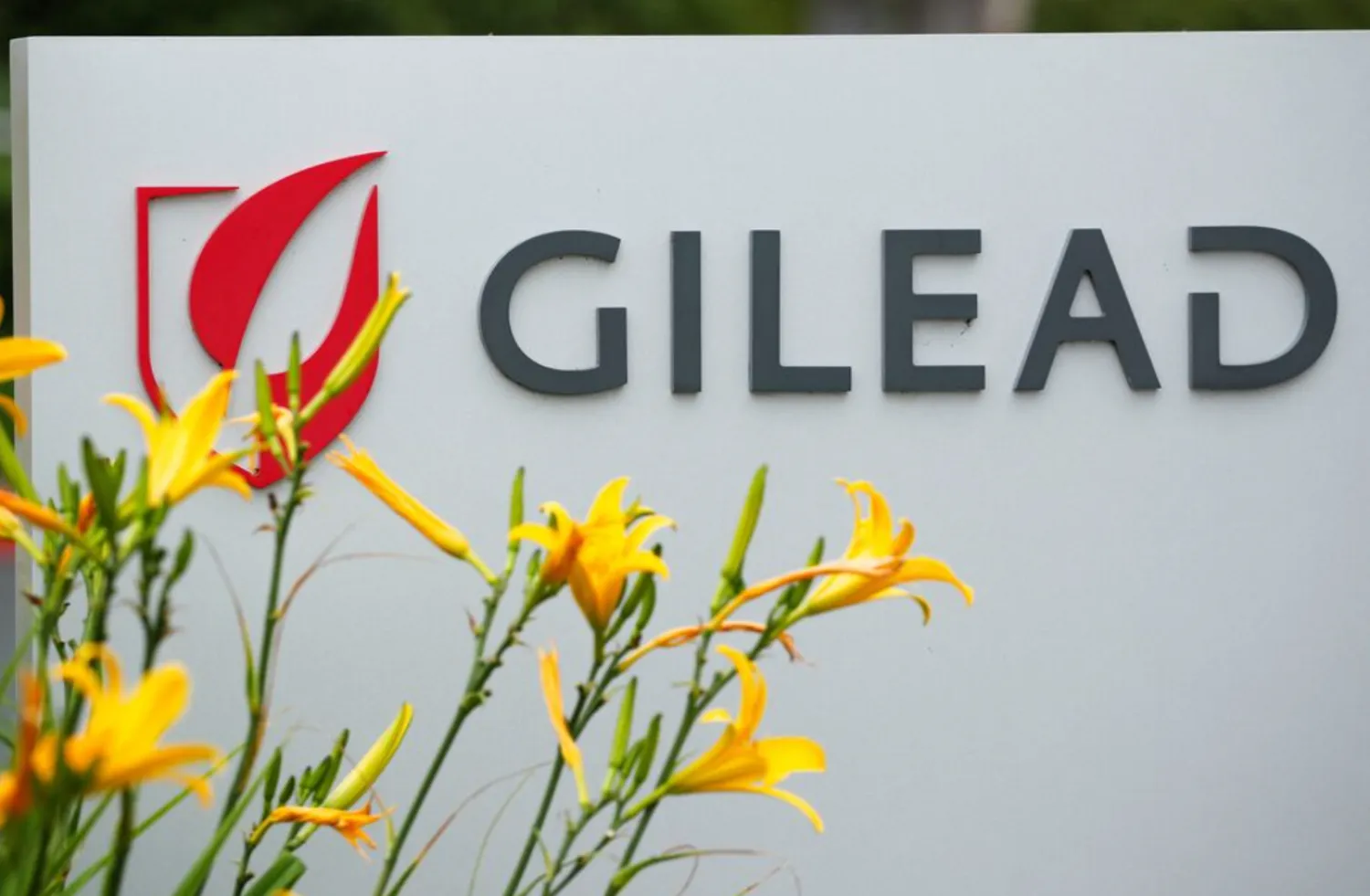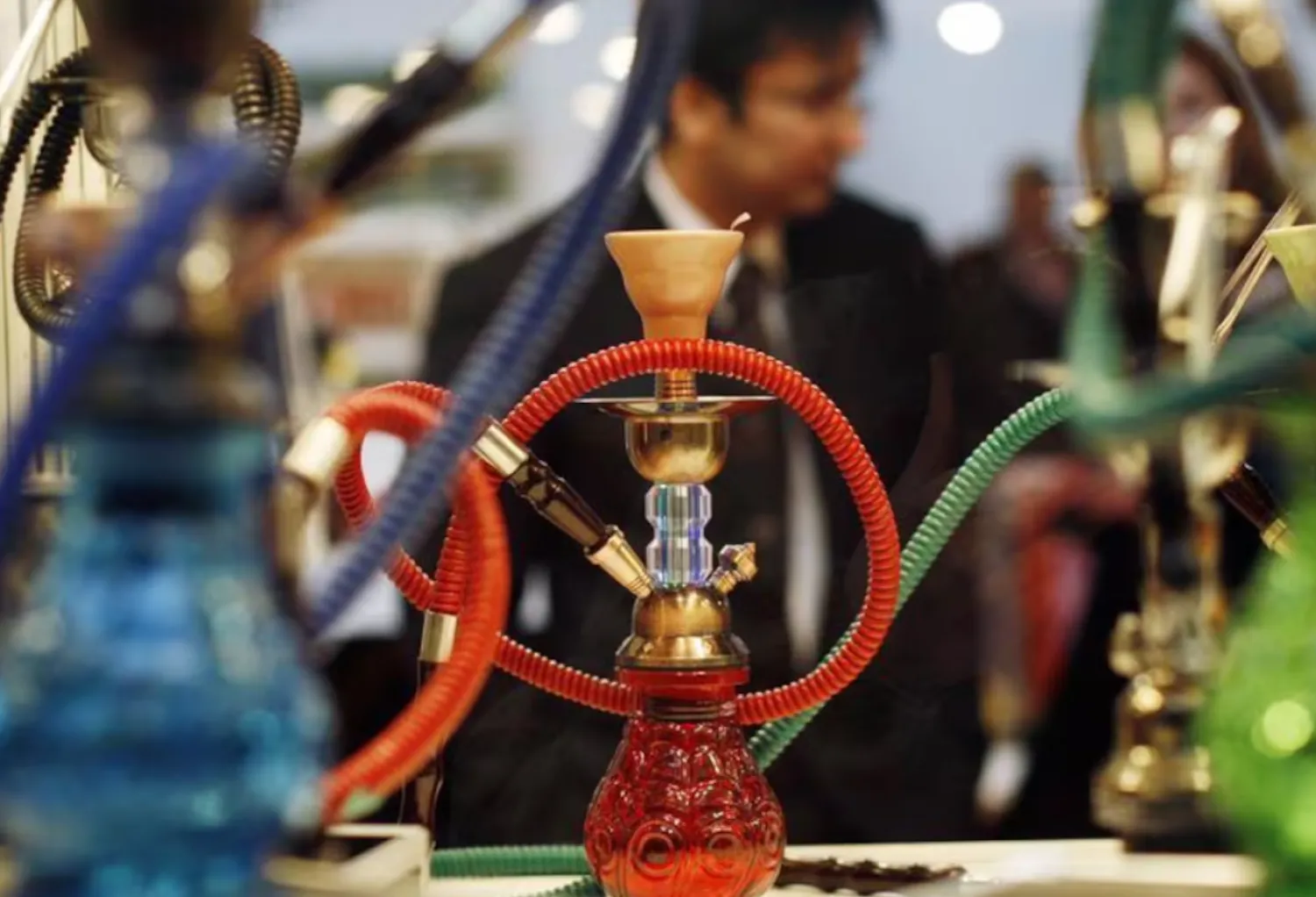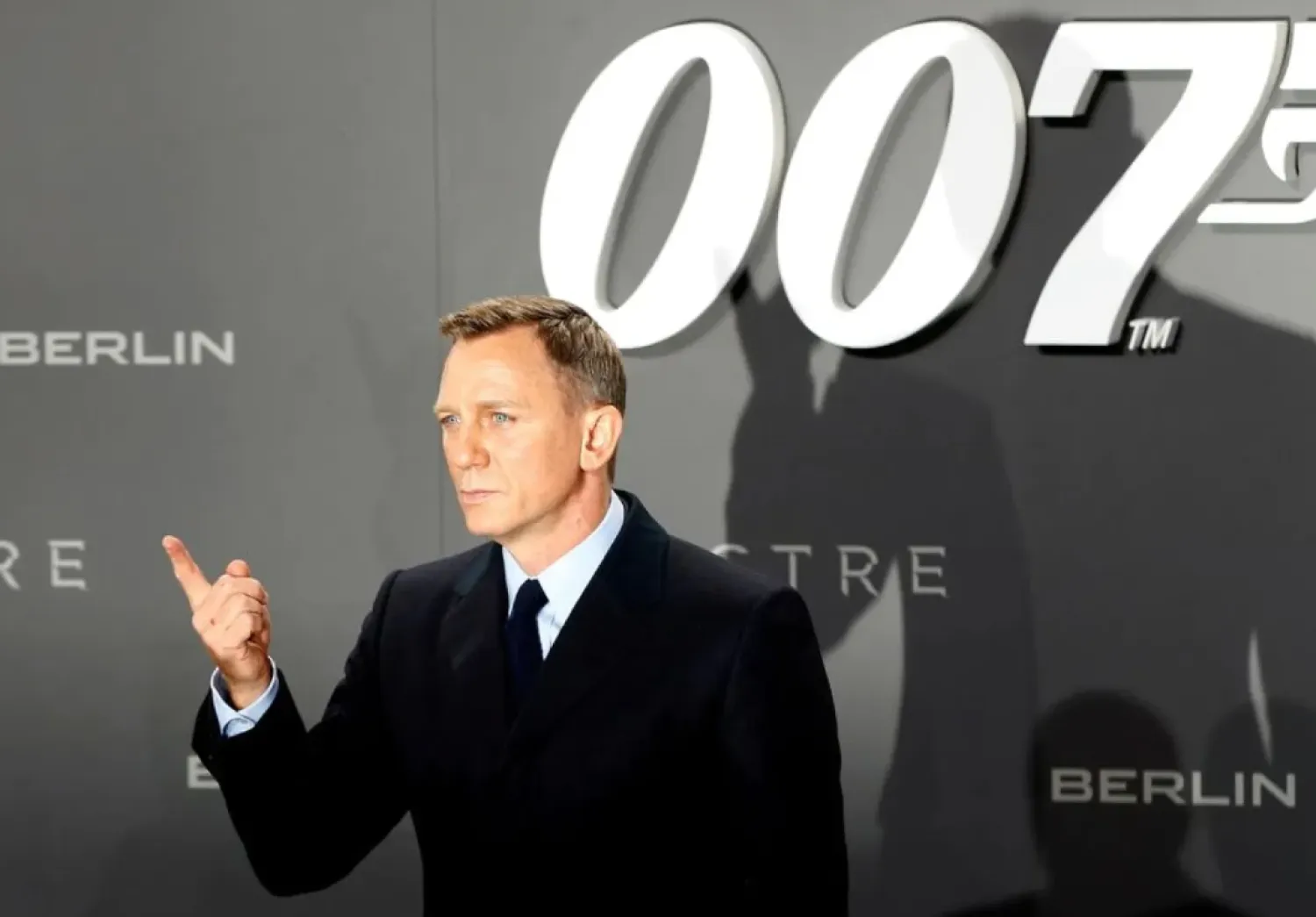Saudi film director Tawfik Al-Zaidi expected the revenues of the Saudi cinema to hit one billion Saudi riyals by the end of 2022, after it exceeded 900 million riyals in November, highlighting the vital role Saudi Arabia has played in the cinema industry since 2018.
During an interview with Asharq Al-Awsat, Al-Zaidi said Saudi Arabia has become a filmmaking-friendly environment, noting that the kingdom has got into the cinema industry with cinema theaters and specialized festivals like Jeddah’s Red Sea Film Festival, which was a game changer.
Al-Zaidi, who directed, wrote, and made his film “Noura” in a small town in AlUla city, said he chose AlUla as a geographic background for his feature film because he sees that the movie and AlUla, which represents an esteemed human heritage, are similar in their connection to humans and art.
Starred by Yacob al-Farhan, Maria Bahrawi, and Abdullah al-Sadhan, “Noura” tells the story of Nader, an artist who gave up painting and moved to western Saudi Arabia where he became a children teacher; and Noura, a young woman who lives with her little brother, Nayef, an independent life, away from male caretakers after the death of their father. In the movie, Noura discovers that Nader is an artist, then an artistic connection emerges between the two, which revives Nader’s inspiration and makes him introduce Noura to a world of possibilities outside her small town.
Tawfik Al-Zaidi believes that cinema is rewriting reality by creating a world and living in it. He chose filmmaking driven by his passion for visual storytelling and narration, and because he sees the visual language of films as a universal, human language and a key to understanding the meanings and messages proposed by the director. Al-Zaidi started his career when he was 12, filming his peers playing football in his neighborhood with his own camera. Despite his early skills at the time, he didn’t realize that he was taking his first steps in the cinema industry.
Tawfik al-Zaidi started directing his own short movies in 2006, and he’s considered an influencing and pioneering member of the new cinema wave in the kingdom. His short film, “The Perfect Crime”, won the Best Montage Award at the Jeddah Film Festival 2007, and his film, “The Silence”, won the Gulf Award for Short Films at the Muscat International Film Festival 2009. The movie was screened in over 20 countries, and was selected by a US organization to be displayed in their private library.
In 2014, he wrote and directed “Four Colors” with the support of Emirati company Two Four 54, and the film was screened at the Dubai International Film Festival. In 2015, he wrote and directed “The Other”, a film funded by Misk foundation. Starred by Syrian actor Mohammed al-Qass, and Saudi actor Meshaal al-Mutairi, the film won the Best Short Film Award in the Riyadh Film Festival 2016.









